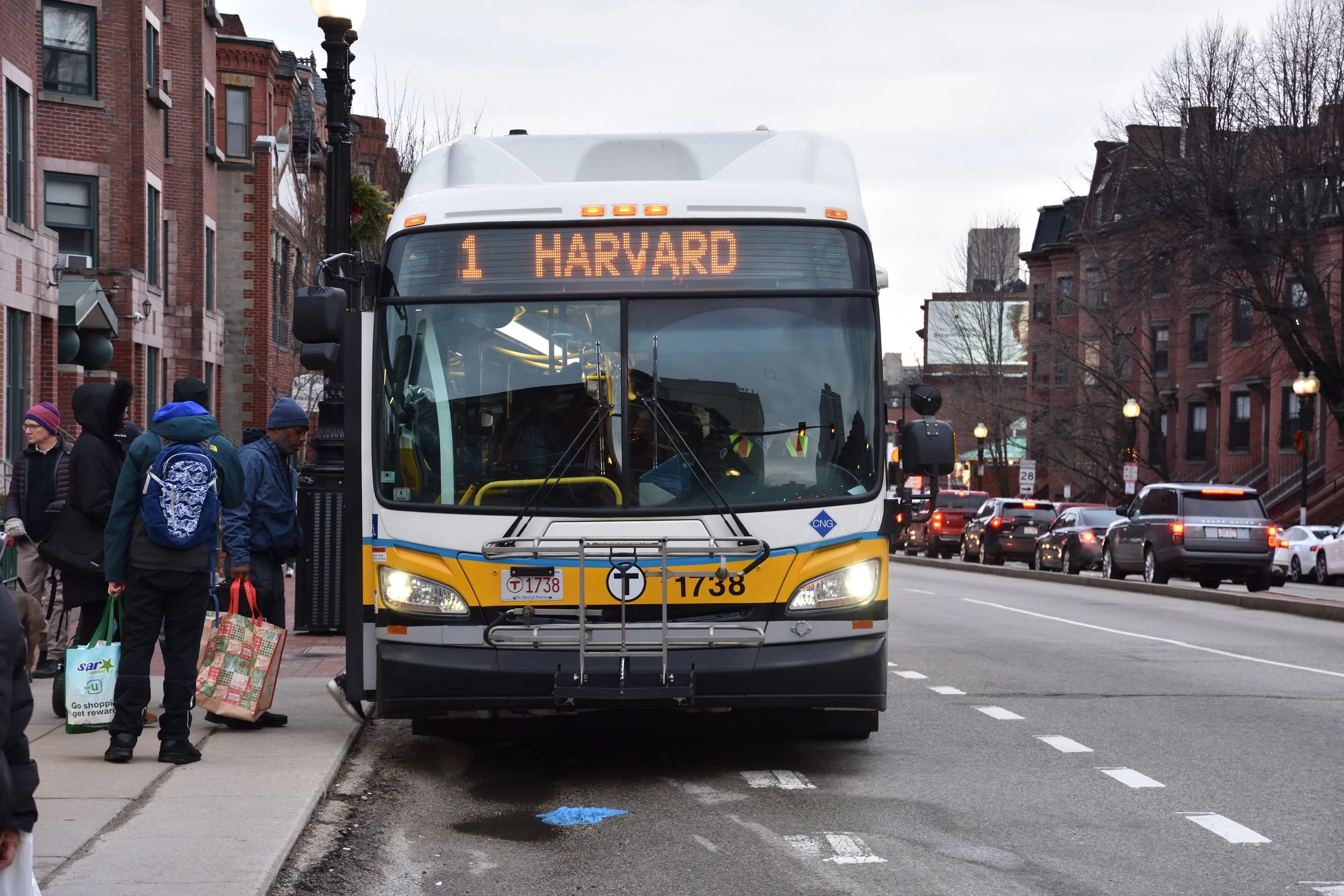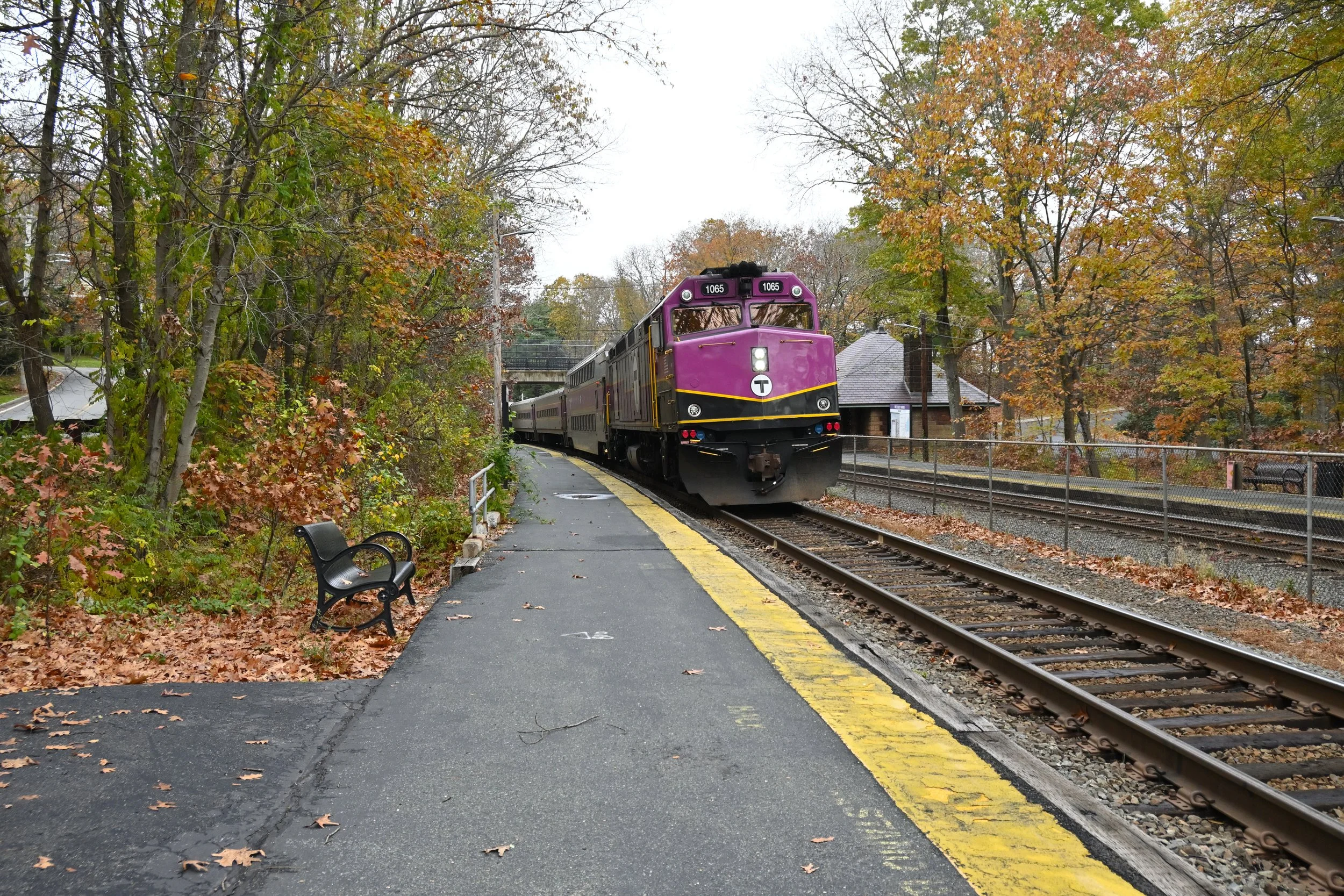The MBTA’s cost estimate for the North South Rail Link (NSRL), released yesterday, is the most recent in a series of estimates for this project. Those estimates, from under $4 billion to over $20 billion, run the gamut of construction methods, infrastructure choices, and cost assumptions. These huge disparities underscore that cost estimates for major infrastructure projects have to be assessed based on their underlying assumptions. TransitMatters believes that there are many reasons yesterday’s cost estimates are as large as they are, not least the assumptions and selective comparisons employed by the MBTA’s consultant.
In our report on Regional Rail (excluding the NSRL) we estimated the cost range of systemwide electrification, high platforms to enable level boarding, and strategic capacity improvements at bottlenecks to be about $2 to 3 billion. We stand by that estimate and do not believe the electrification and rolling stock costs estimated in yesterday’s MBTA presentation are consistent with the most relevant and appropriate comparative examples of which we are aware.
We read yesterday’s presentation to the Fiscal Management and Control Board as an affirmation of our view that South Station expansion (SSX) should not move forward – it is, by any measure, too little bang for way too much buck. The MBTA’s consultant now estimates SSX will cost $4.7 billion, money that simply does not need to be spent in order to improve the functionality of existing tracks at South Station. There are other, much lower cost approaches to improving operations at South Station as we indicated in our Regional Rail report, and we will offer more a more detailed roadmap to doing that in a follow-up report we expect to release in the early fall.
With regard to NSRL itself, we stated in our report, and repeat here: “cost estimates for NSRL, undertaken by MassDOT consultants and independent third parties, significantly vary in range. These variances often are attributable to consultants not comparing like-to-like or using different methodologies. The reality is that actual costs can vary greatly depending on the quality and complexity of project designs, labor costs, and many other factors. Massachusetts has learned valuable lessons in cost containment through its recent Green Line Extension experience, and we would expect the same rigorous approach to providing maximum value for reasonable cost to apply here as well.”
TransitMatters continues to believe that the only route forward for the MBTA is to advance a transition to Regional Rail, an electrified intercity rail system with frequent service during the day. The Regional Rail model is critical. While not critical to implementing a Regional Rail system, the NSRL would be a highly useful enhancement providing the flexibility and connectivity to which many riders and potential riders would be drawn. We hope and expect that a candid and open-minded conversation on both of these initiatives will continue.
Without a commitment to a new Business Model for intercity rail, our region will continue to experience crippling traffic congestion and people will be deprived of the kind of access to jobs and opportunity that is necessary for a thriving economy and decent quality of life. We look forward to collaborating with the MBTA and all stakeholders as we make Regional Rail a reality.





